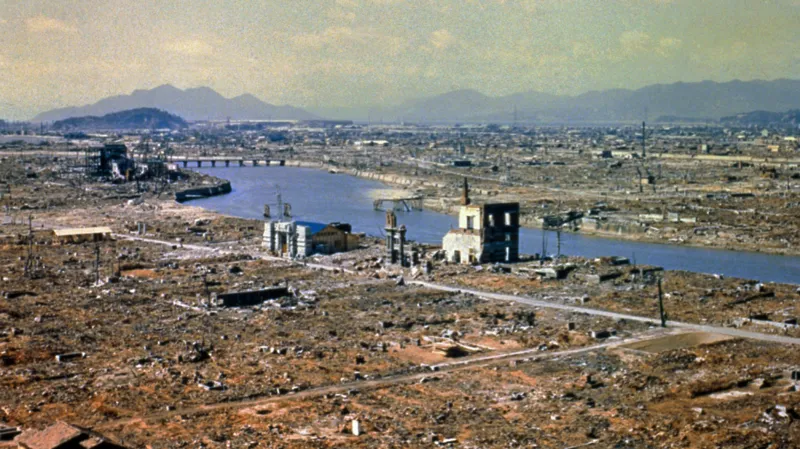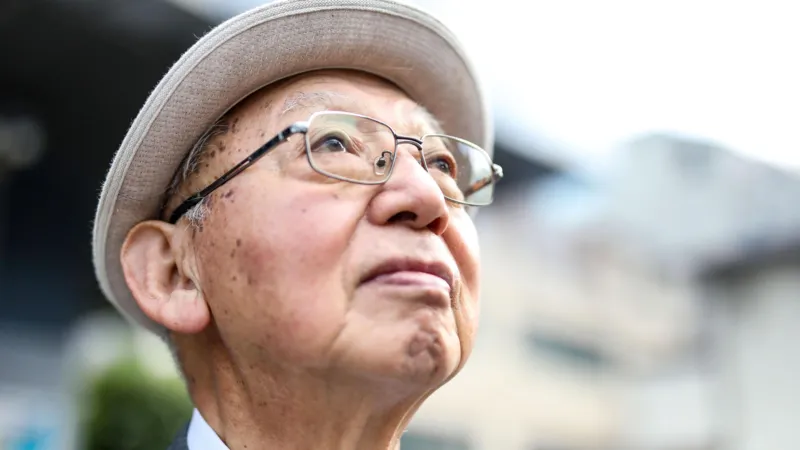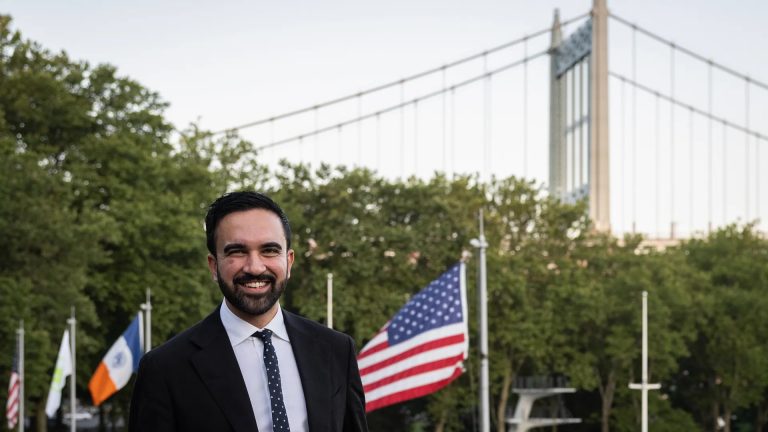On August 6, 1945, Chieko Kiriake, a 15-year-old student, witnessed a blinding light that marked the atomic bombing of Hiroshima by the United States. This unprecedented event came despite Germany’s surrender, as World War Two raged on against Japan.
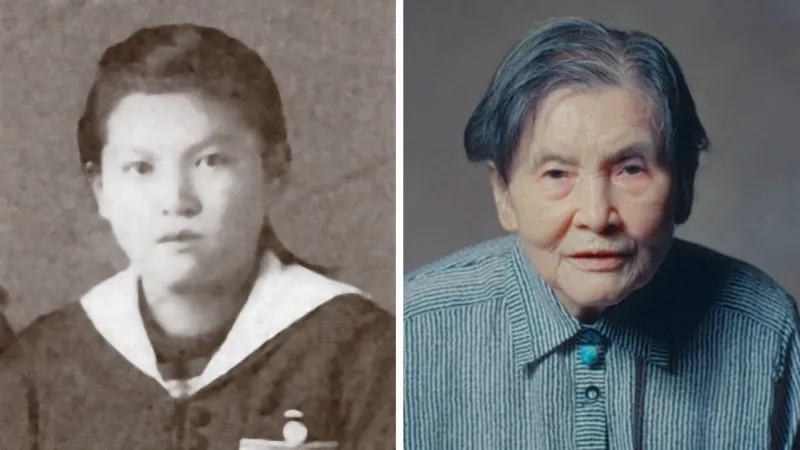
Chieko Kiriake – pictured before the atomic bomb attack – and now
The Aftermath and Struggle for Survival
Chieko, now 94, recalls carrying injured friends and using old oil to treat burns. Students like her were tasked with cremating their classmates. Despite the devastation, life began to return to Hiroshima, with grass growing and sparrows reappearing by the next spring.
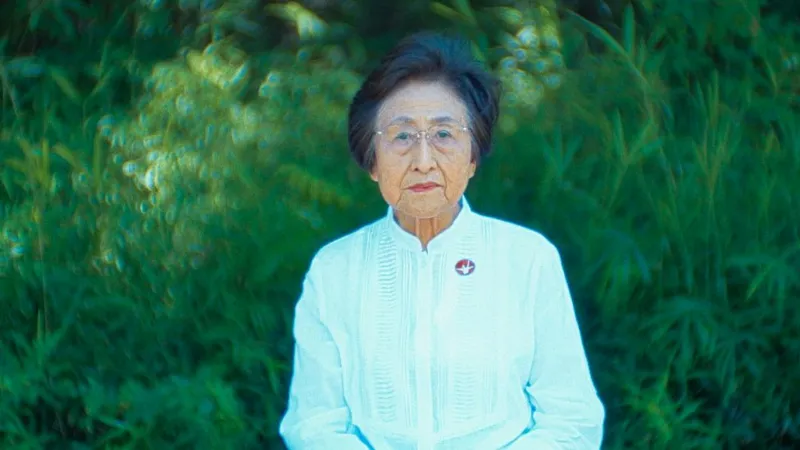
Black rain, “like mud”, fell from the sky, says Michiko

The journey home “was a scene from hell”, says Michiko
Sueichi Kido remembers the blinding light of the bomb blast
The Hibakusha’s Lasting Pain
The hibakusha, or atomic bomb survivors, have endured lifelong health issues, discrimination, and loss. Their stories are now part of a BBC Two film, serving as a crucial reminder for future generations.
First-Hand Accounts of Tragedy
Michiko Kodama, 86, was only seven during the bombing. She describes the harrowing journey home and the black rain of radioactive material. Her family’s move before the bombing saved her life, but the trauma lingers.
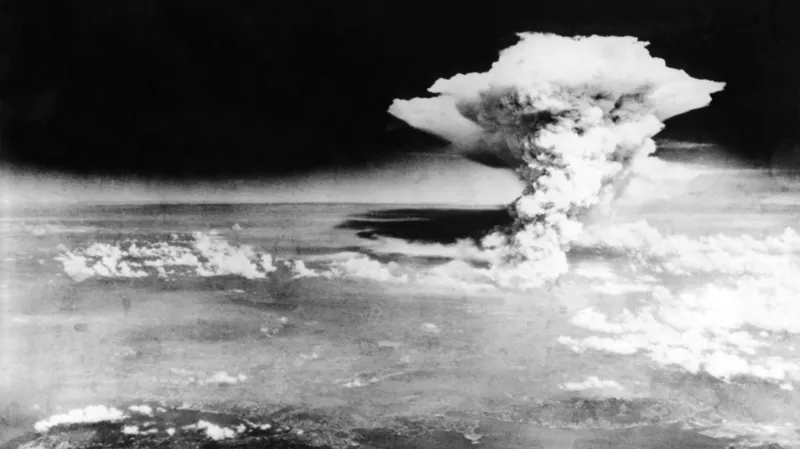
As the bomb exploded, a mushroom cloud rose above Hiroshima
Determination to Prevent Recurrence
Sueichi Kido, 83, was five when the Nagasaki bomb hit. Despite the burns and devastation, he and other survivors have tirelessly advocated against nuclear weapons, emphasizing their unique responsibility to humanity.
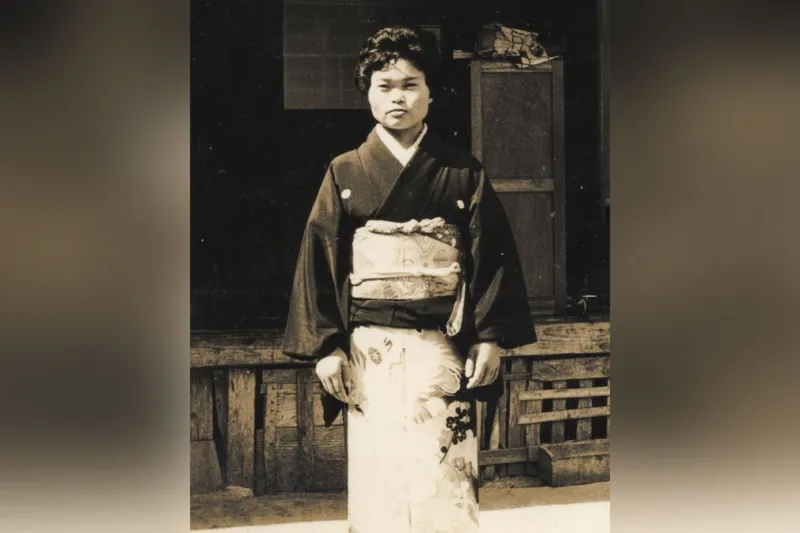
Kiyomi Iguro, in her teens, wearing traditional dress
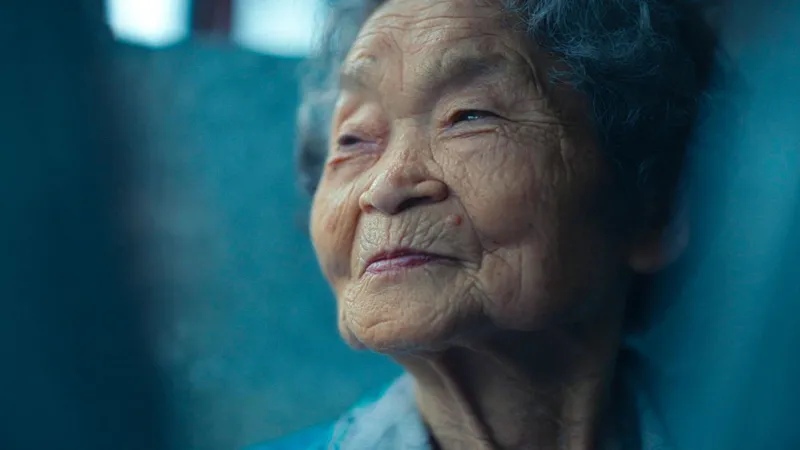
Kiyomi hoped for a peaceful planet without nuclear weapons and war
A Call for Peace
Kiyomi Iguro, who experienced the Nagasaki bombing at 19, faced societal pressures and personal loss. She spent her last years advocating for peace, ringing the bell at Nagasaki’s Peace Park.
The hibakusha’s collective mission is clear: to ensure the horrors they endured are never repeated.

